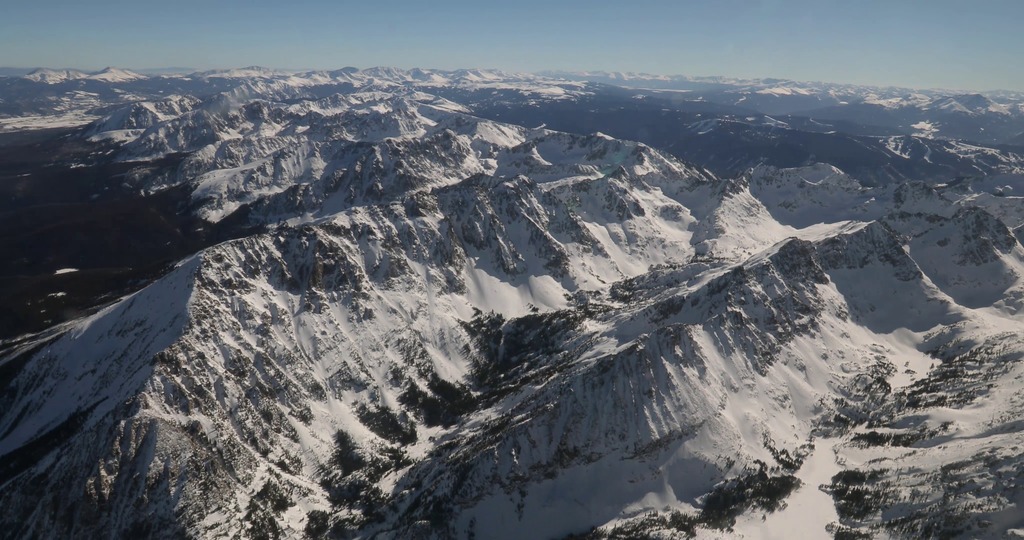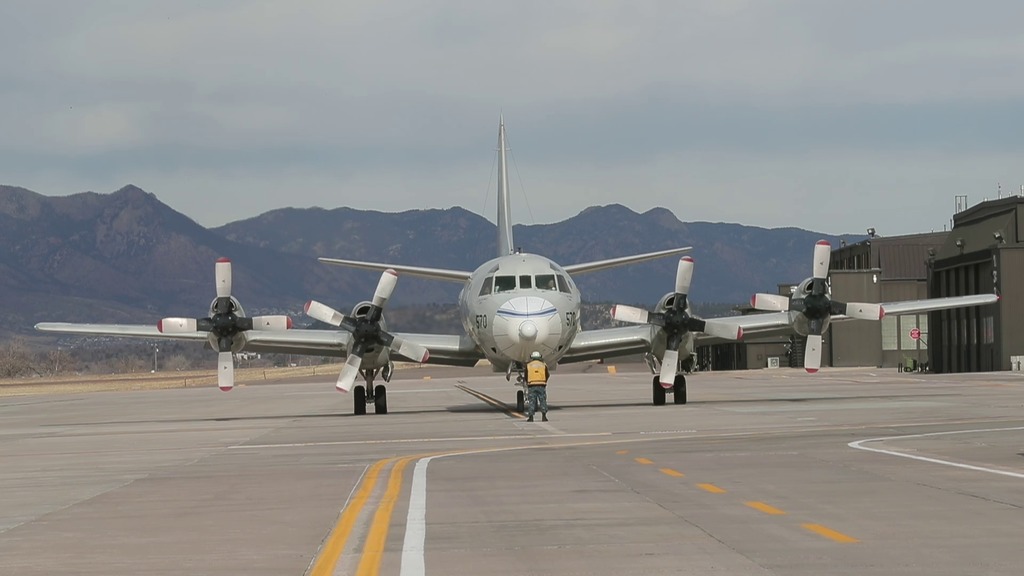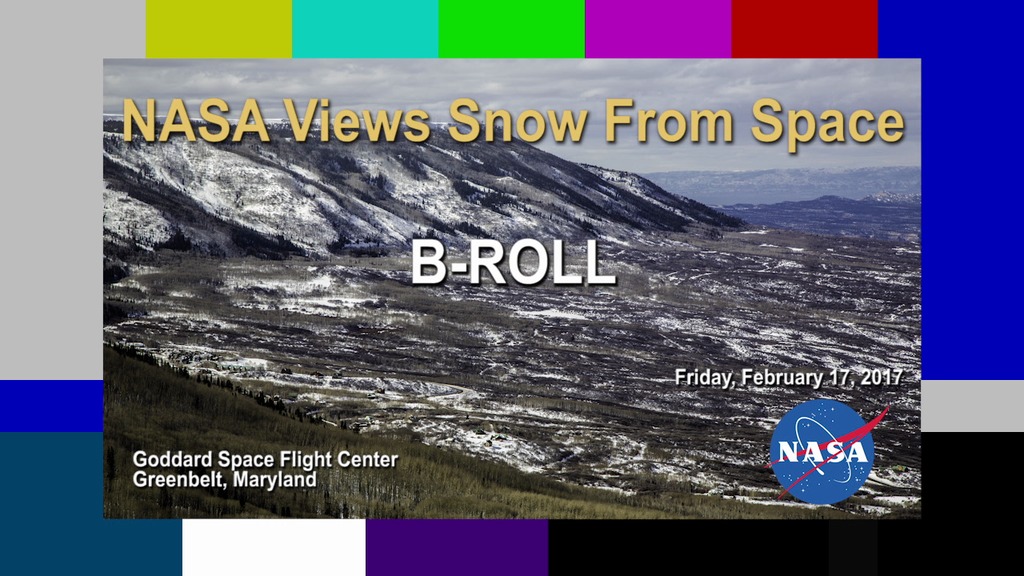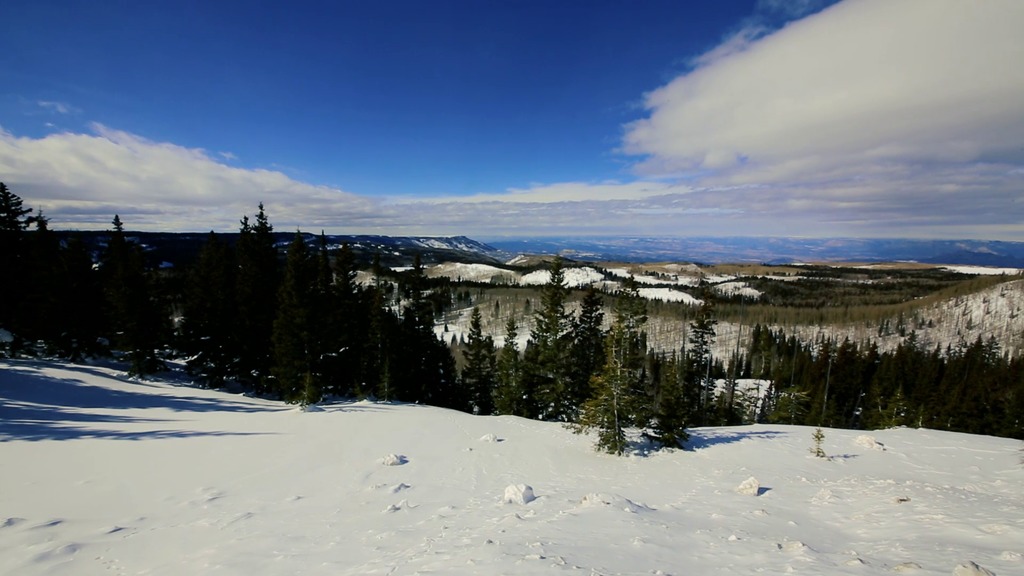NASA Investigates Water Supply in Snow
This February, a NASA-led research campaign called SnowEx kicked off in Colorado. The 5-year study will advance global measurements of how much snow is on the ground at any given time and how much liquid water is contained in that snow. The amount of water in snow plays a huge role in water availability for drinking water, agriculture, and hydropower.
Teams of 50 researchers are stationed at Grand Mesa and Senator Beck Basin over a three-week period to measure snow using a variety of snow-sensing instruments and techniques. Ground measurements will allow the team to validate the remotely sensed measurements acquired by multiple sensors on the various aircraft.
Data acquired from the SnowEx campaign will be stored at the National Snow and Ice Data Center in Boulder, Colorado, and will be available to anyone to order at no cost, as is the case with all NASA data.
For more information: https://www.nasa.gov/earthexpeditions/
Complete transcript available.
Music credit: "Detective Analysis" by Laurent Dury [SACEM] from Killer Tracks Music
Credits
Please give credit for this item to:
NASA's Goddard Space Flight Center
-
Producers
- Joy Ng (USRA)
- Rani Gran (NASA/GSFC)
- Patrick Lynch (NASA/GSFC)
-
Videographer
- Ryan Cook (Freelance)
-
Support
- Kathryn Mersmann (USRA)
Series
This page can be found in the following series:Release date
This page was originally published on Thursday, February 16, 2017.
This page was last updated on Wednesday, May 3, 2023 at 1:47 PM EDT.
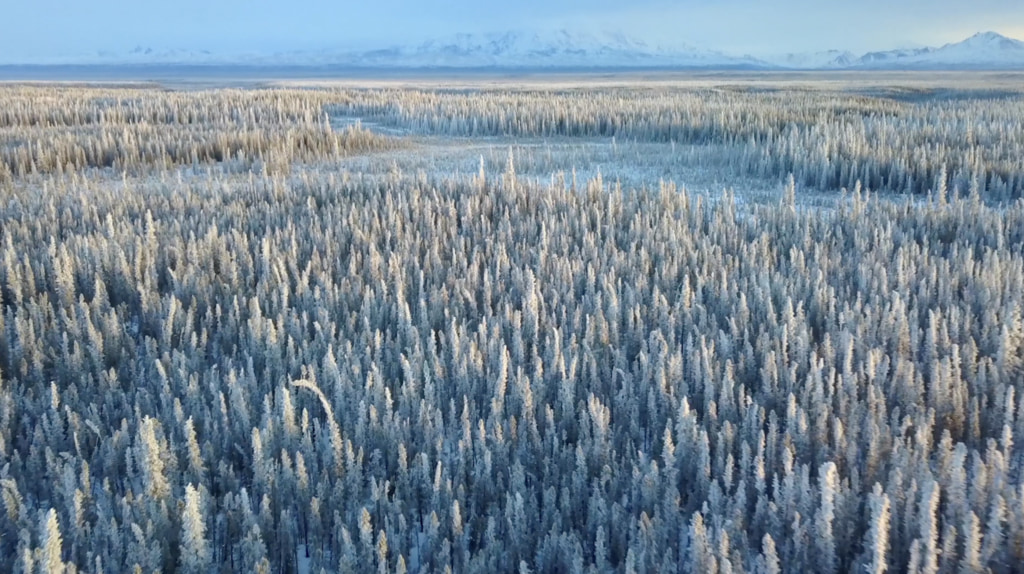
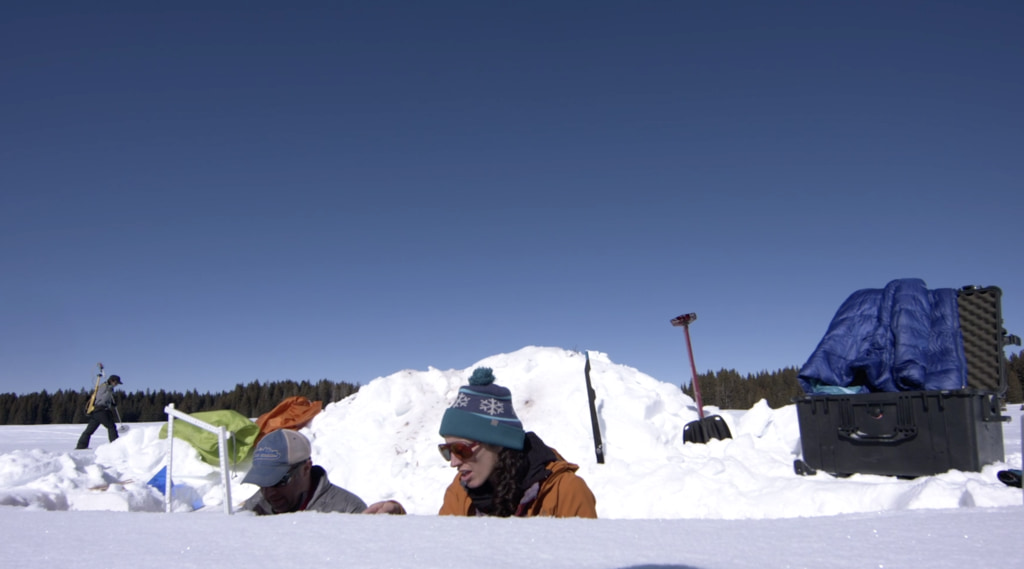
![Complete transcript available.Music credit: “Reach Into The Night” by Andrew Michael Britton [PRS], David Stephen Goldsmith [PRS], Mikey Rowe [PRS] and “Progressive Practice” by Emmanuel David Lipszyc [SACEM], Franck Lascombes [SACEM], Sebastien Charles Lipszyc [SACEM] From Killer TracksWatch this video on the NASA Goddard YouTube channel.](/vis/a010000/a012800/a012848/12848_ICEPOP_Final.00547_print.jpg)
![Complete transcript available.Music credit: “Time Shift Equalibrium” by Ben Niblett [PRS] and Jon Cotton [PRS] from Killer Tracks MusicWatch this video on the NASA Goddard YouTube channel.](/vis/a010000/a012500/a012549/LARGE_MP4-12549_SnowExPlane_large.00378_print.jpg)
